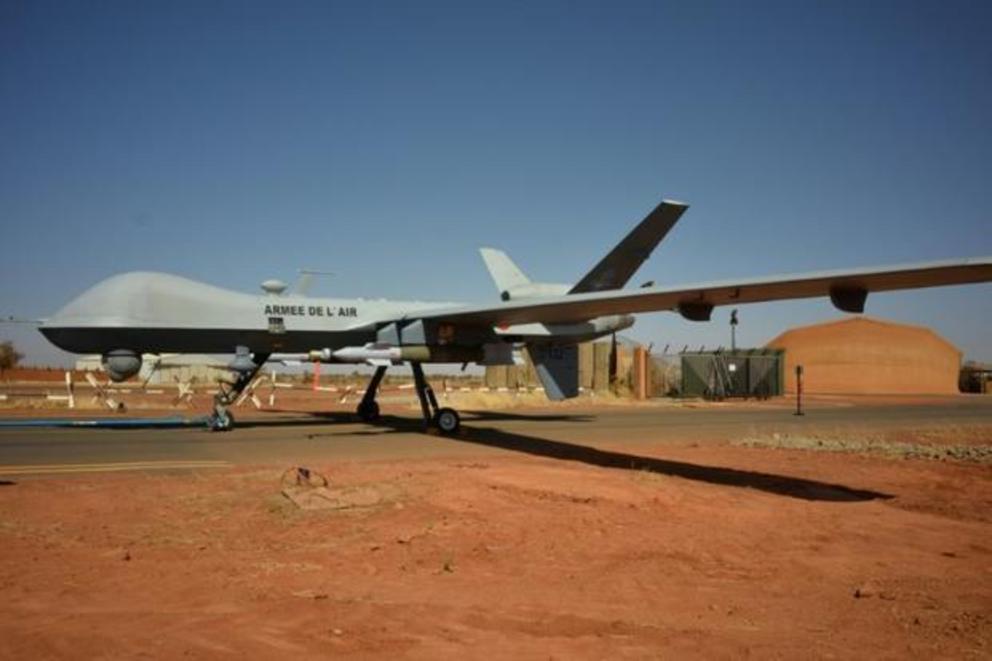Armed Drone Proliferation Update, January 2020
The third of our twice-yearly updates details new operators and other significant developments around the proliferation of armed drones. For our complete list of states operating, or close to operating, armed drones see Who Has Armed Drones?
France undertakes first drone strikes
As was long been expected, the French Reaper fleet started to undergo weaponization in October 2019, with Jane’s reporting that this process will continue to run until Nov 2021 under a contract worth $17.87m. A mere two days after completing a first test launch with its new missiles, the French air force carried out its first drone strike in Mali. The strike, on 23 December, was part of an operation that reportedly killed 40 ‘terrorists’. A further drone strike in Mali on 19 January was reported by the French Ministry of Defence, killing five alleged armed militants. This represents a clear escalation in the use of force.
Indonesia joins armed drone operators club
In August 2019, a Chinese CH-4 arrived in Indonesia for demonstration flights with the Indonesian Navy’s aviation squadron. Two months later it was reported that Indonesia had acquired the drone, with two put on display at an airshow. They are likely to being used as a stop-gap until Indonesia’s indigenous armed drone, the Elang Hitum (Black Eagle) is operational. The date given for this is 2024 and the first prototype has already been unveiled, based largely on the CH-4.
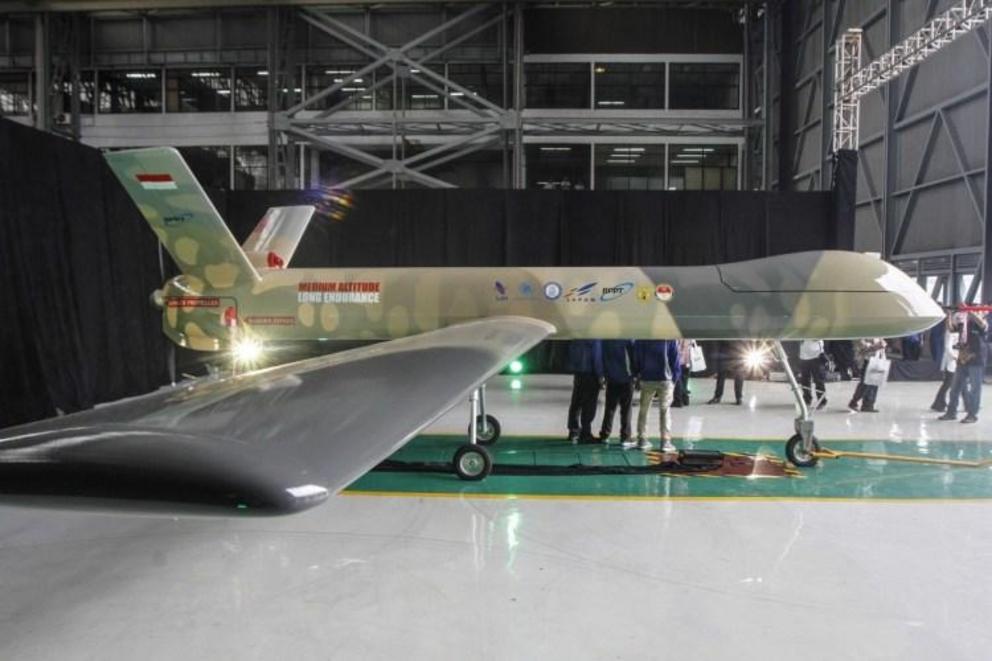
Black Eagle Specifications (source here and here)
Length 8.65m
Wingspan16m
Endurance30h
Speed235km/h
Range250km LoS
Ceiling6.5km
Payload300kg on 2 under wing hard points.
Iran: More Mohajer-6 drones delivered to army
In July 2019, it was reported that the Iranian army received three new Mohajer-6 air frames into service. Previously, in February 2018 the Iranian MEHR News Agency had reported that mass production of the airframes was underway and that the Mohajer-6 would be fitted with Qaem precision-guided bombs.
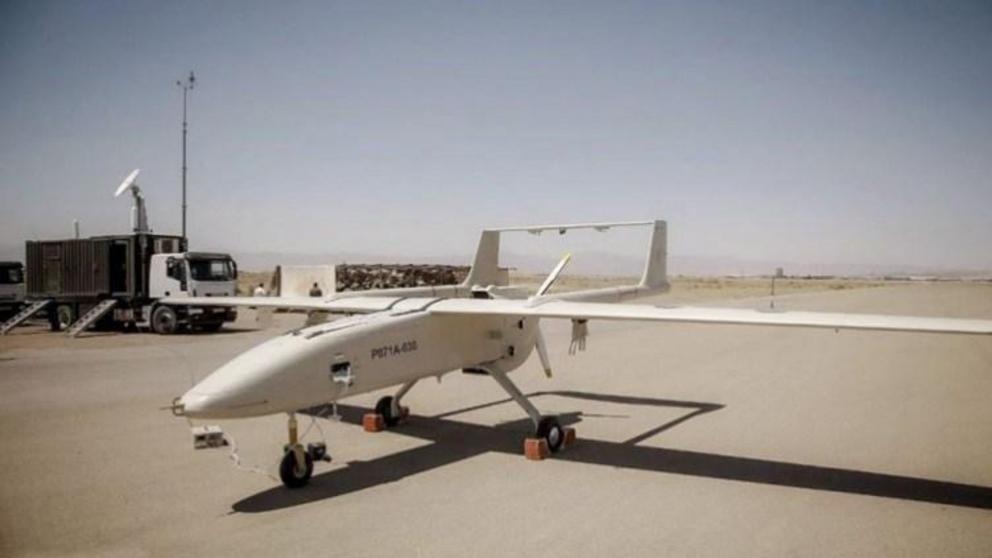
Mohajer-6 Specifications (Source)
Length5.67m
Wing Span10m
Max take-off weight600kg
Operating range200km
Endurance12hrs
Max Ceiling18,000ft
Max Speed200
Armaments4 underwing hard points, capacity of 40kg
Qaem precision bomb or missiles.
It is very difficult to know exactly where and how Iranian drones have been used, and by whom. There were rumoured sightings of a Mohajer-6 in Syria as early as June 2017, and it was reported that they were stationed at Shahid Karimi Air base in central Iran in April 2018.
Exports
There has been much conjecture over the use of drones and missiles, by groups said to be Iranian proxies, such as the Houthi in Yemen. Precision attacks on two Saudi oil facilities led media to speculate that the sophistication of the attack, and the location, mean the drones and missiles came from Iran (or from Iranian allies in Iraq) rather than from the Houthi who in fact claimed responsibility. Whether this is the case or not, many believe that Iran is continuing to export drones, to non-state actors in the Middle East.
Across the globe in South America, Bolivia announced the signing of a MOU with Iran for technological transfers, including the procurement of UAVs. No further details are available yet.
Turkey update
Trouble with the indigenous Bayraktar
In May 2019, the Nordic Monitor published an article on reported failures of Turkey’s Bayraktar, citing leaked classified intelligence. Major General Avni Angun, Commander of Malatya Garrison, signed off a report in early July 2016, but it was never made public and the problems never dealt with. Instead Gen. Angun was arrested after the failed coup in July 2016 and spent nearly two years in jail. Baykar Makina’s chief technology officer is Selcuk Bayraktar, designer of the Bayraktar and the husband of President Erdogan’s daughter.
The problems that occurred were with the ground data terminals, which Gen. Angun’s report said, often malfunctioned, seriously hampering surveillance and ‘offensive’ operations. Perhaps this is why Erdogan has committed another TRY600m in state support to the Bayraktar and Akinci programmes.
Second set of Bayraktar TB-2 delivered to Ukraine
The delivery of three Bayraktar-TB2s on 22 October 2019, completed the scheduled 2019 transfer of six air-frames. A further six are due to be delivered in 2020. Tests were carried out upon delivery, during which the Ukrainian Defence Ministry said the strike capability, maximum altitude and landing systems were all tested successfully.
Akinci drone makes maiden test flight
Turkey and Ukraine are also collaborating on the development of the Baykar Makina Akinci (Raider) drone. The Akinci armed UAV was unveiled at Istanbul’s Teknofest Aerospace and technology Festival in September where Selcuk Bayraktar said the engines are being built in conjunction with Ukraine. The first test flight was in December 2019. Selcuk Bayraktar also stated that the Akinci will be able to carry cruise missiles.
Russia and armed drones: An as yet unfulfilled expectation
Two significant tests took places in Russia’s quest for armed drones. In August, the Altius-U made its first automated flight.
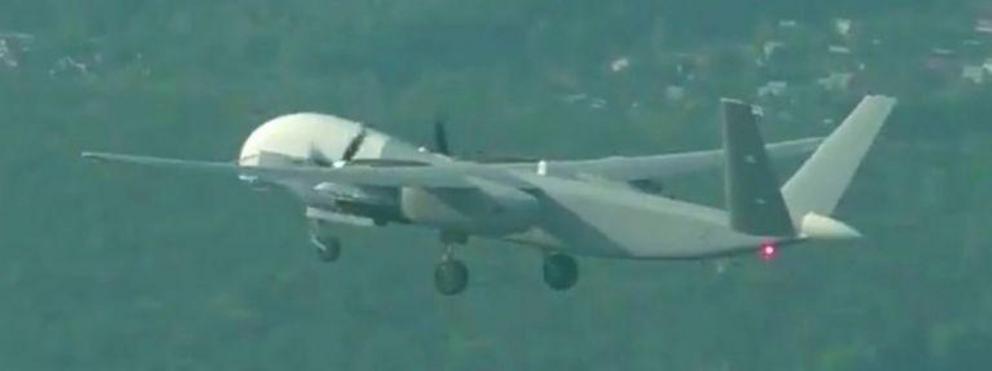
Specifications for Altius-U*
Length11.6m
Wingspan28.5m
Max Take-Off Weight5 – 7,000kg
Speed150-250km
Range10,000km
Ceiling12,000m
Payload1 – 2,000kg. No details on weapons but rumoured to be armable.
(*These specifications are of the Altius-M prototype. The Russian Defence Ministry have not given details for the Altius-U but said they would be similar or same as the M model.)
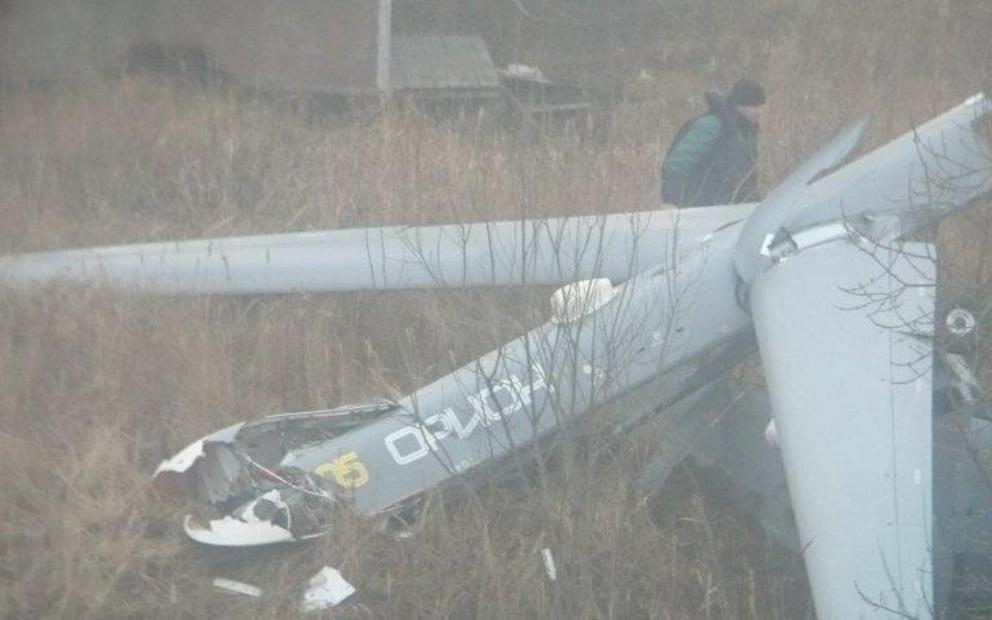
Orion UAV crashed during test flight November 2019
The Russian Defence Ministry also released footage of the Okhotnik-B (S-70) UCAV flying with the Su-57 combat jet. The Ministry said that the Okhotnik-B flew as a ‘loyal wingman’ in automated mode, and will, in future combat situations, “broaden the fighters radar coverage and … provide target acquisition for employing air-launched weapons.” It is not clear when or where the test took place, nor when the Okhotnik will be operational
Mock-ups of the MALE and HALE versions of the Orion UAV were also displayed in 2019. However an Orion crashed during the test programme in mid-November revealing continuing problems. Test flights of the Orion-2 HALE will not be until 2023.
Round-up of other news
- India continues to pursue US armed drones: India’s MoD Secretary of Defence Production had been in the US finalising arrangements for the long awaited sale of Predators to India. The Indian military want the systems to work across the navy, army and air force, and to work with existing platforms. India seem to be no further forward with the development of their own Rustom-2. The only reports of it were of a crash during a test flight.
- Serbia to buy Chinese: Serbia is reportedly to buy 9 Wing Loong UAVs by March 2020, with a possible order of a further 15 air frames. This would be the first Chinese arms sale in Europe.
- South Korea brings in Global Hawk: South Korea has received the first of four Global Hawk surveillance drones purchased from the USA. They arrived at a southern Air Force base in Sacheon on 23 December 2019. The main use willbe surveillance and reconnaissance of North Korean activities. The North Korean regime has called the acquisition a ‘hostile act’.
- Greece: The Times reported in December that Greece had announced it was planning to buy US and Israeli armed drones in response to Turkey’s deployment of drones in the Mediterranean.
International Controls on Proliferation of armed drones
Again we have to report that progress is very slow on the proliferation control front. The absence of a strong international consensus on the transfer and use of armed drones continues to be a grave concern to civil society groups and human rights advocates. The European Forum on Armed Drones (EFAD), of which DWUK is a member, presented an open letter to the UN First Committee in October 2019, calling on states to begin a “multilateral and inclusive process” on transfer and end use of drone technology. An as yet unseen statement has been drafted by a group of “core states” working towards international standards on the proliferation of armed drones but there is serious concern that it will not be strong enough. A robust international process to control the proliferation and use of armed drones must be transparent, accountable and committed to upholding existing international law.
But there is good news from Germany where the Left Party, Die Linke have spearheaded opposition to a motion tabled by the Freedom and Democracy Party to arm Germany’s IAI Heron TP drones as soon as possible. They also launched a Parliamentary inquiry in to the ability of NATO’s Global Hawk to fly in unsegregated air space. The inquiry found that there was not enough information about the ability of the drone to fly in civilian airspace and have so far not granted permission for the Global Hawks to enter German airspace.

